Art, in particular participating in art, is considered a fundamental aspect of creative expression at MIC with a focus on the process, not the product. Art is taught across all ages, from the Early Years right through to the Adolescent Community.
Art activities are integrated into other work across the spectrum of disciplines and are not organised as separate activities. For example, in language, art activities may include calligraphy and illustration, in mathematics and geometry it may include 2D and 3D design, technical drawing, diagrams and data display, in the sciences it could include model-making and botanical drawing and in the social sciences it could include model-making, illustration, and visual arts across time and cultures.
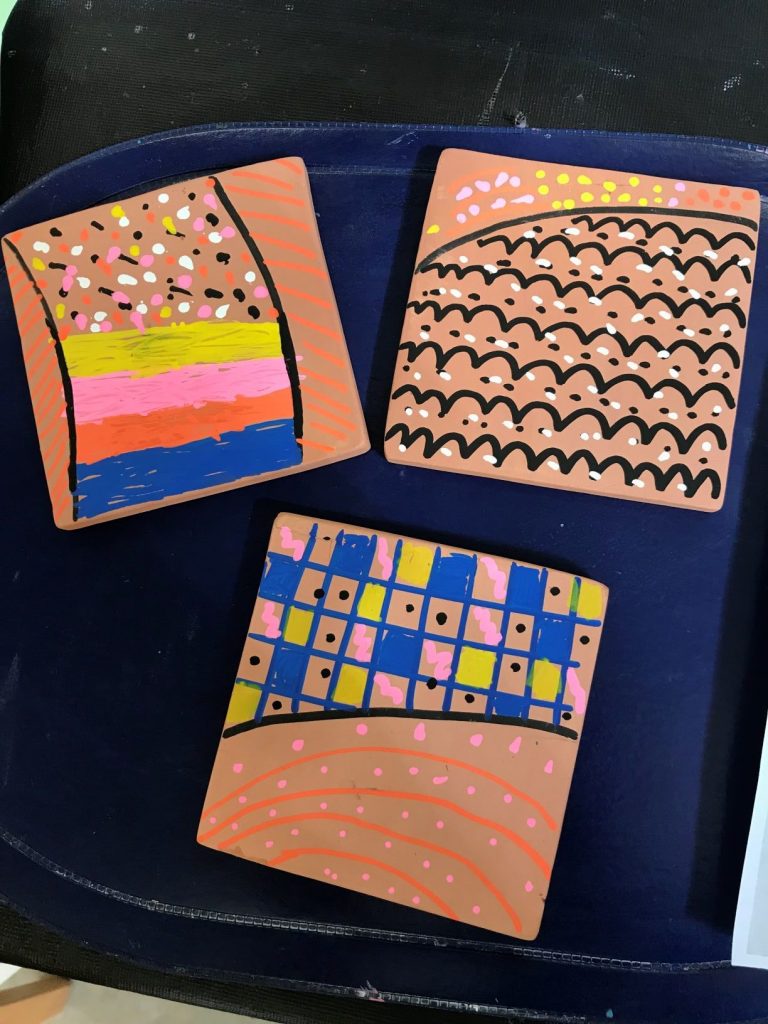
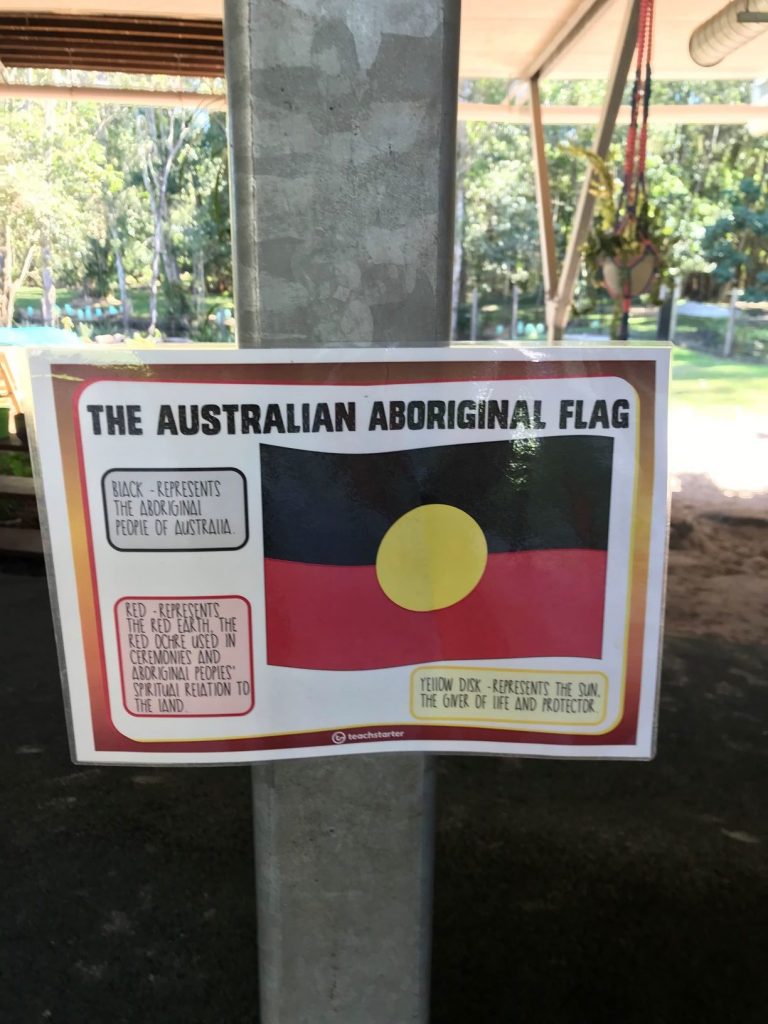
Practical life skills are also utilised as children learn how to hold a paint brush, how to clean up, how to hang up a painting to dry and how to hold a pencil. Materials used include colour boxes, the geometry cabinet, the botany cabinet and working with metal insets, which teaches children how to draw and colour within an outline.
Primary College classrooms include art materials that are always available for children to use which enables children to develop the knowledge, understanding and skills needed, then to follow their interests independently.
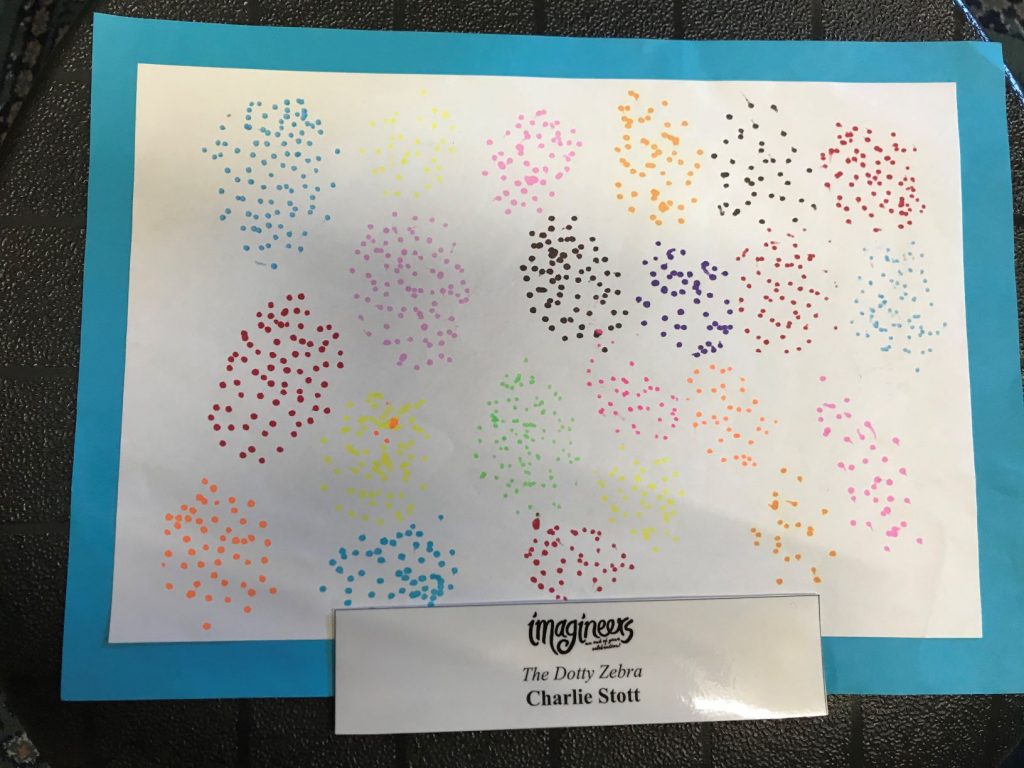
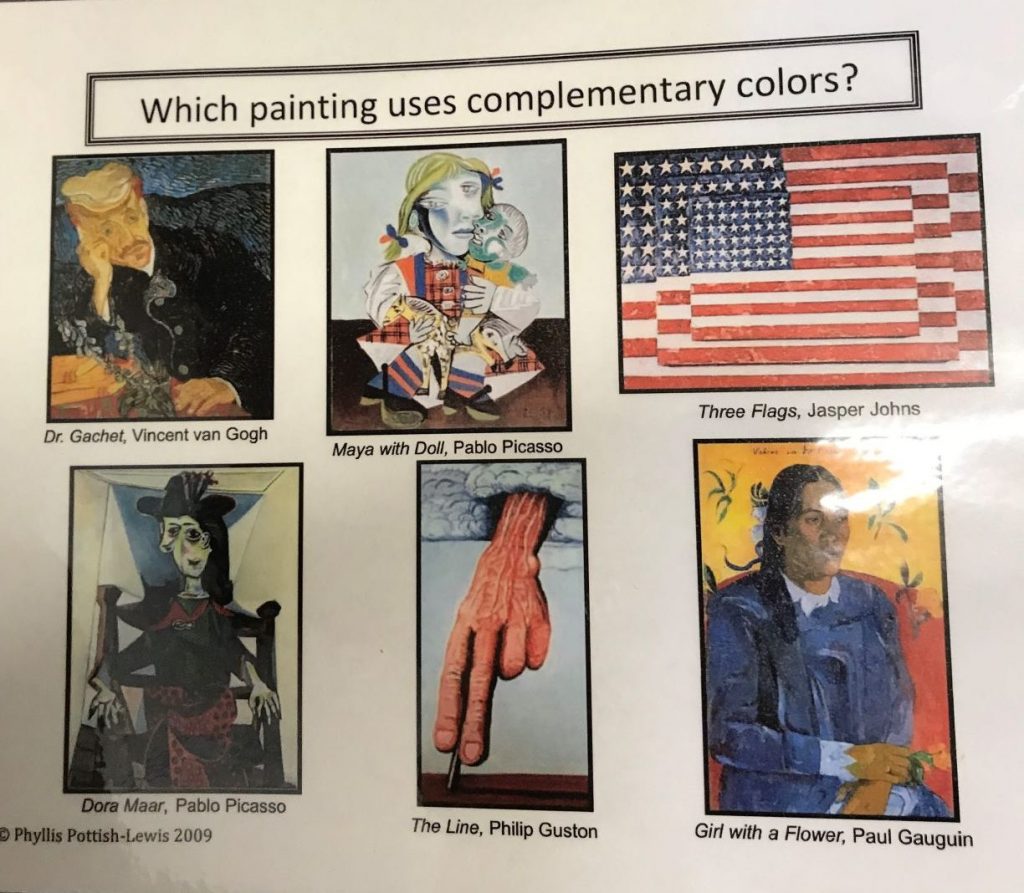
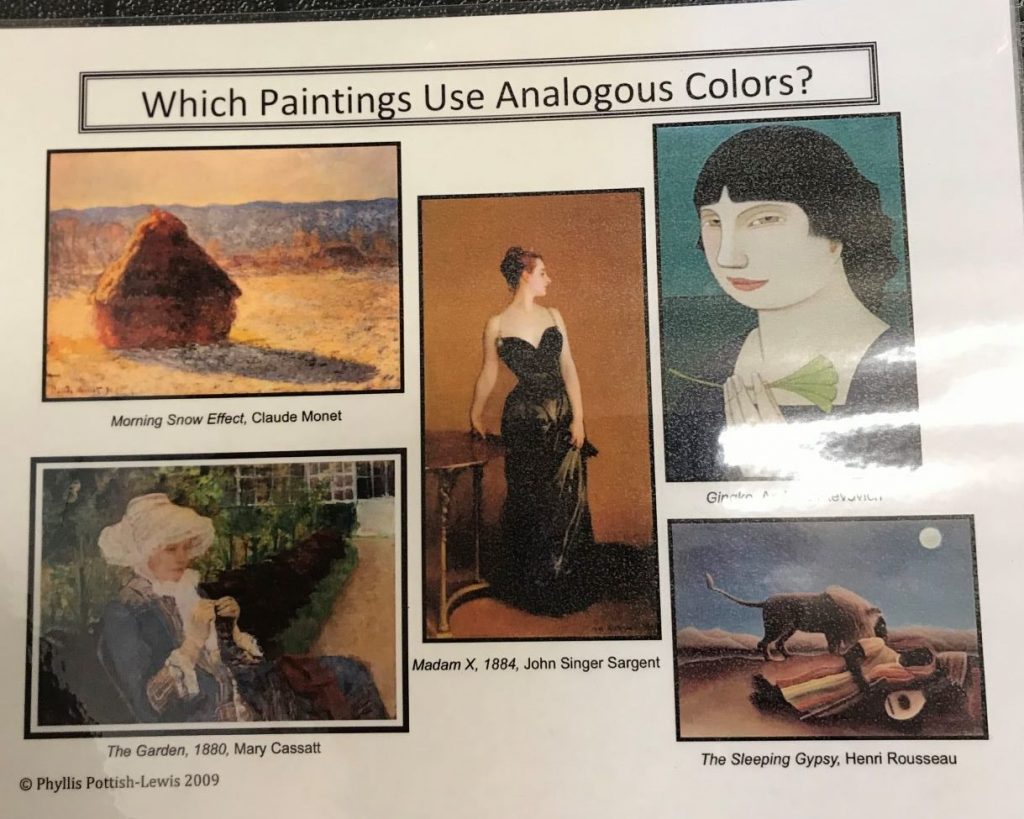
In Visual Arts in the Adolescent Community, students are encouraged to undertake artist-led investigation which provides opportunities for self-reflection and self-development. Students are encouraged to develop their own personal practices with a view to developing their portfolio.